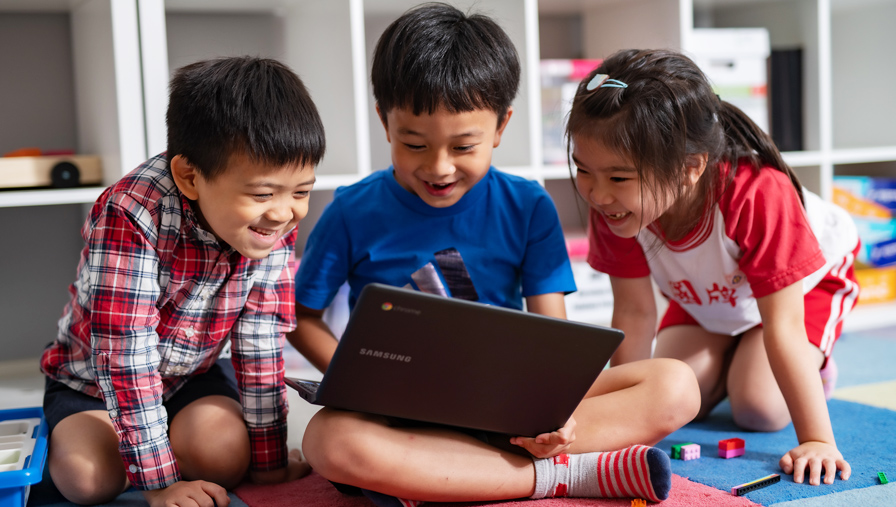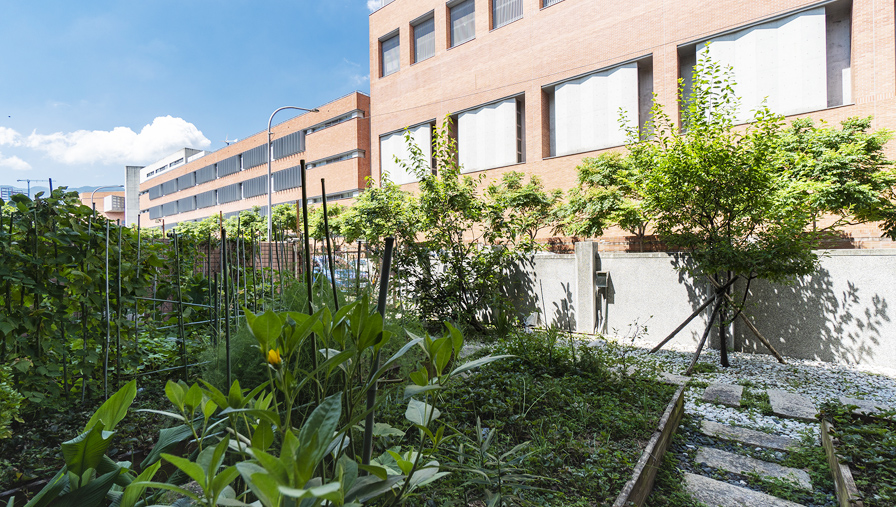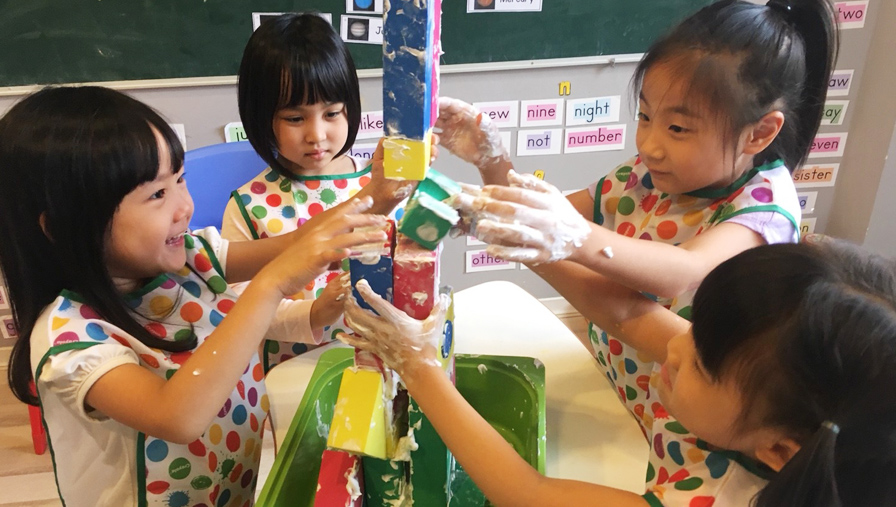Resources

Our classrooms have been designed with students in mind, from the size of tables and chairs to the accessibility of materials to allow student independence when accessing them. Our bright, inviting spaces are filled with visuals and student work, which help to showcase amazing student efforts, develop a sense of community, and encourage every child to try new things in this safe and positive environment. Each classroom has space for students to work at tables, and we use tables to promote collaboration between students while still allowing access for teachers to provide direct individual instruction and to oversee group discussions. We also have versatile areas in every classroom designed for group discussions, sharing of learning with the class, reading aloud, and much more in an open, cozy space that is comfortable for learners of all ages. Our classrooms are clean and safe, so the focus for students and teachers can be on learning and having fun in class. In order to ensure adequate space for students and to provide ample opportunities for individual attention, we limit our class sizes to only 6 students per class in group classes and 8 students per class during special topics classes.

One of the first things you will notice when you walk into any of our school branches is that there are books everywhere! Research shows that children need a literacy-rich environment filled with lots of books at all reading levels and types that cater to a wide range of interests in order to develop the habits and passion for reading that will carry through their lives, and we strive to provide this environment for learners at all of our schools. At each school location, we have over 5,000 titles divided into an emergent library, which is stocked with books for our earliest readers, and a main central library for students who are reading books ranging from a first grade reading level through the final year of high school. All of our books are organized by genre and reading level in order to help students find books at an appropriate reading level for themselves easily and quickly. We have a wide range of topics and genres in our libraries, including historical fiction, poetry, graphic novels, fables and folktales, science books, biographies, and much, much more, so that students will always be able to find new books to read at their reading levels for a plethora of topics. These library books are all accessible for students to use not only during our workshop classes, but also to check out to read at home, so that readers can grow and develop both in our classes and at home. We consistently add new books to all of our school libraries, often based on student interests and recommendations, in order to provide new and exciting books for students of all ages. We also provide access to parents to our library system online, and caregivers can see which books their child is checking out, overdue books, and other titles that are available at their school location.

In today’s world that increasingly relies upon technology, it is important to gradually introduce this to students. We do this by integrating technology seamlessly into our teaching, as we want to provide children with as many learning opportunities related to language learning as possible. Early on, much of the technology is operated by the teacher as we demonstrate how to use technology effectively and use it sparingly. As students move into our Reading and Writing Workshops in Level 1, instructors utilize interactive whiteboards for class notes, shared stories that are written by the class, and close examination of excerpts from texts. The whiteboards allow for students to engage with the text in a different method than traditional read-alouds or writing on a board, which are also part of classes at these stages. Additionally, students learn how to use the technology themselves. For example, students practice how to type and use computers for group projects and to publish writing, and they have opportunities to prepare presentations using the interactive whiteboards. During special topics classes, students use computers for coding, video editing, and more. All of these usages of technology are organized around educational goals and are age-appropriate to specific groups of students.

Why does our school dedicate valuable outdoor space to an urban garden? First, research shows that children learn better when they have multiple spaces for learning, and we can use our garden for class activities and to give students some fresh air. Second, by helping to take care of plants and vegetables, students can learn responsibility. They learn to water our plants and be gentle with living things. Our students learn how to be respectful of the garden by having access to it. Third, this outdoor space provides endless hands-on learning opportunities about nature and science. We spend time examining plants and seeing how plants grow, looking at insects to see how they live in the world around us, and helping to plant new vegetables that we will get to eat eventually. Children can learn about where their food comes from, which can foster better nutritional habits and appreciation for the process of growing fruits and vegetables. Our students love spending time in the garden, and it piques their curiosity with the world around them, which leads to interest in even more topics. At All Aboard English Academy, learning opportunities are everywhere, and our school garden is a wonderful place where students can continue to learn and grow!

Along with all of the great books and technology we have throughout our school, we have a multitude of additional resources for teachers to select from for class activities. These range from tons of language arts manipulatives, educational games, Lego Education resources, art supplies, materials for creative STEM projects, learning centers for young students, dramatic play puppets and costumes, and much, much more. This supply of resources is constantly growing to include a wider range of topics every year.